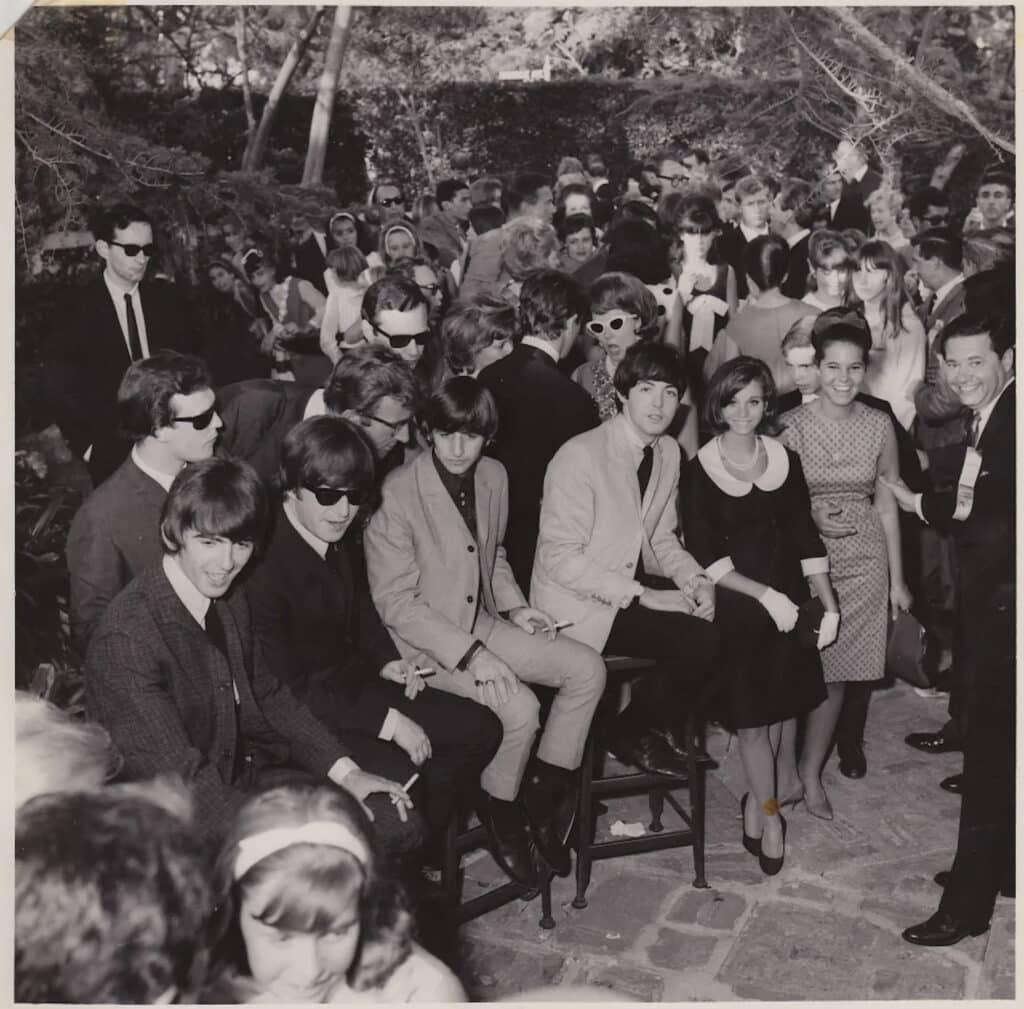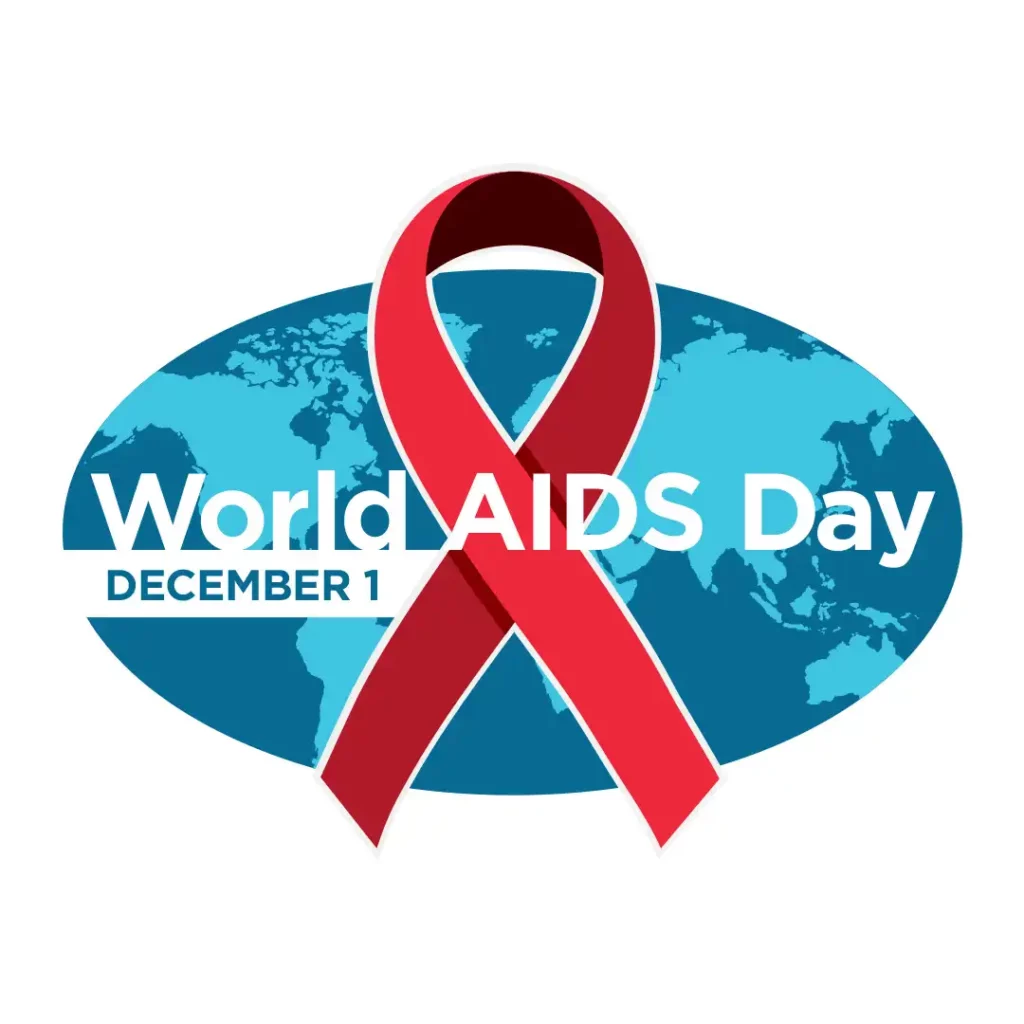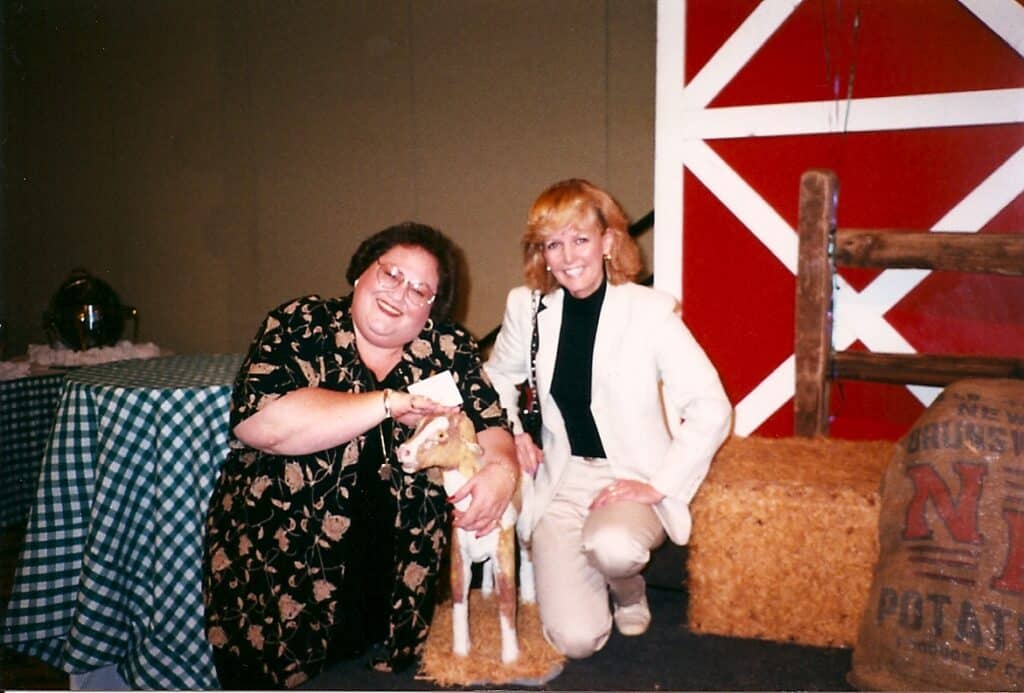The Beatles’ Brush with Hemophilia
What do the rock bands the Doors, the Beatles and Pantera have in common?
December 8, just two days ago. It’s the birthday of the Doors frontman Jim Morrison (1943), and the assassination dates of both John Lennon (1980) and Pantera founder and guitarist Dimebag Darrell Abbott (2004). A very famous date in rock history. I’m a huge Doors fan and consider them my favorite group ever. In fact, I was to have seen last night our local Doors tribute band, “Through the Doors,” with the amazing Ernie Potter as Morrison, but my friend was ill and we canceled sadly. I never miss a chance to see the Doors tribute bands.

Interestingly, I learned back in 2011 that Stephanie, a hemophilia mom I’ve known since 1989, one of the first 50 who wrote to me for my book Raising a Child with Hemophilia had a connection to the Doors. Her husband Art is good friends with guitarist and songwriter of the epic “Light My Fire” Robby Kreiger. He also happened to write me favorite song “Touch Me.” Thanks to Art, I’ve met Robby (speechless!) several times now.
Anyway, while never a huge Beatles fan, a learned through our dedicated archivist and researcher Richard Atwood of North Carolina, that the Beatles had a brush with hemophilia!
In 1964, at the height of Beatlemania, on their first tour of the US, the lads from Liverpool were the main attraction at a small fundraiser for the Hemophilia Foundation of Southern California. This is the equivalent of having Taylor Swift show up for a private fundraiser of a few hundred for hemophilia.
The fundraiser was held on Monday, August 26, at the home of Alan Livingston’s mother-in-law. Livingston was the president of Capitol Records, and had a son, Peter, with hemophilia. He had just signed the Beatles to Capitol Records. Tickets cost $100 per adult and $25 per kid $25. Also present was future actress Peggy Lipton of Mod Squad fame; she fell in love instantly with Paul McCartney, passed him her number and they became lvoers—at least briefly. Megastars Tony Curtis, Lloyd Bridges, Kirk Douglas, Stan Freburg, Eddie Fisher, John Forsyth, Edward G. Robinson, Frank Sinatra and Dean Martin also attended.
Dean Martin’s daughters write in their memoir, “… we all had a chance to line up, say hello, and shake their hands. I didn’t wash mine for a week. The British legends seemed a bit bashful, and when they spoke, their Liverpool accents were impenetrable. John did most of the talking and everyone was laughing at what he said, but try as I might, I could barely understand a word.”*
Attendance was limited due to security issues. Guests are served lemonade and cookies, then introduced to the four Beatles who sat on stools under a Deodar tree.

It was probably the most successful fundraiser that HFSC ever had. Brian Epstein, genius manager of the Beatles, personally wrote a check for $10,000 (the equivalent of $98,610 in 2023 dollars); and they raised much more. Alfred Dubin, the president of HFSC, and father to hemo-hero Corey Dubin, looked very pleased when accepting the check in the official photo. Yet the dollar amount was nonetheless limited by attendance set at 400 guests —a number imposed by the police for security purposes.
Now… anyone know Taylor Swift?
See a few photos of the event: https://lamag.com/uncategorized/how-the-beatles-really-ended-up-at-a-garden-party-in-brentwood
Thanks also to Paul Clement for his additional research on this topic!
*Deana Martin with Wendy Holden, 2004, Memories Are Made Of This: Dean Martin through his daughter’s eyes. New York, NY: Harmony Books. 300 pages.








